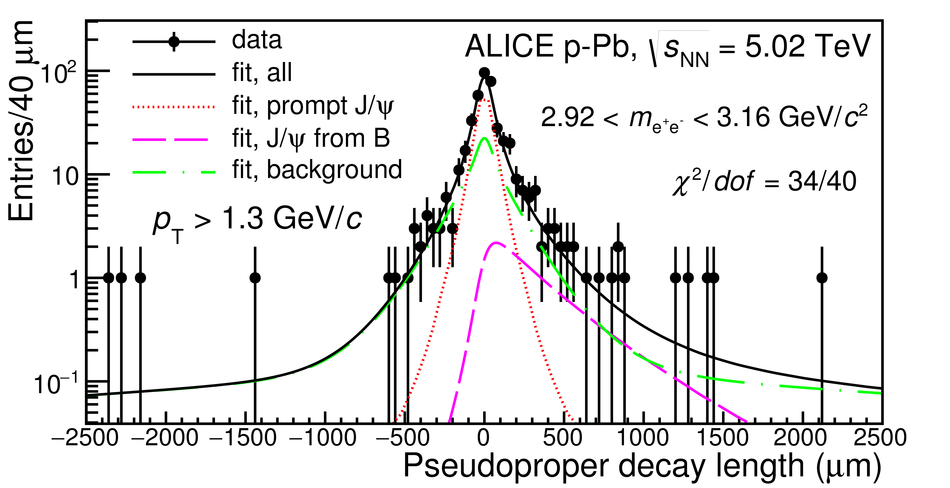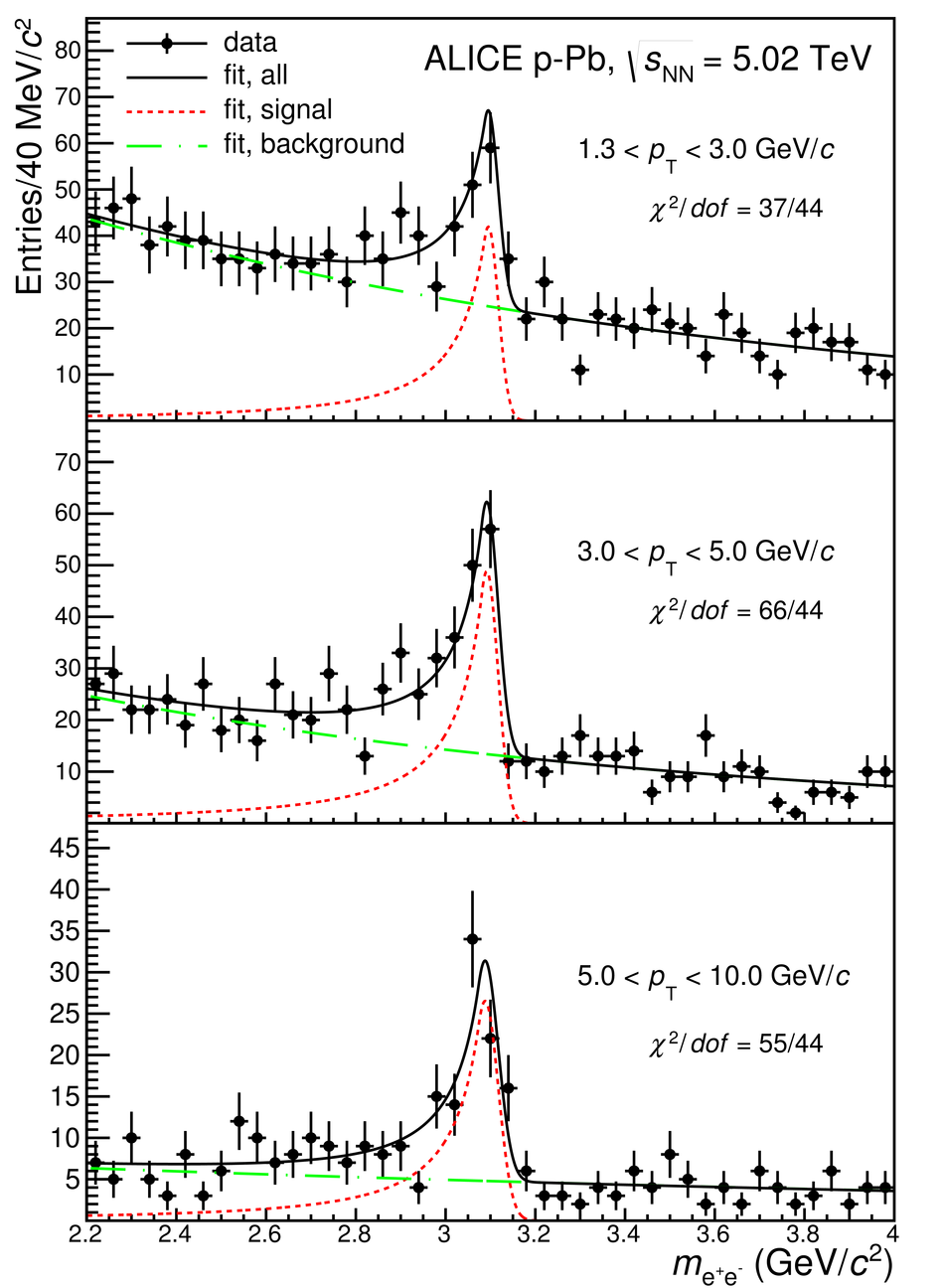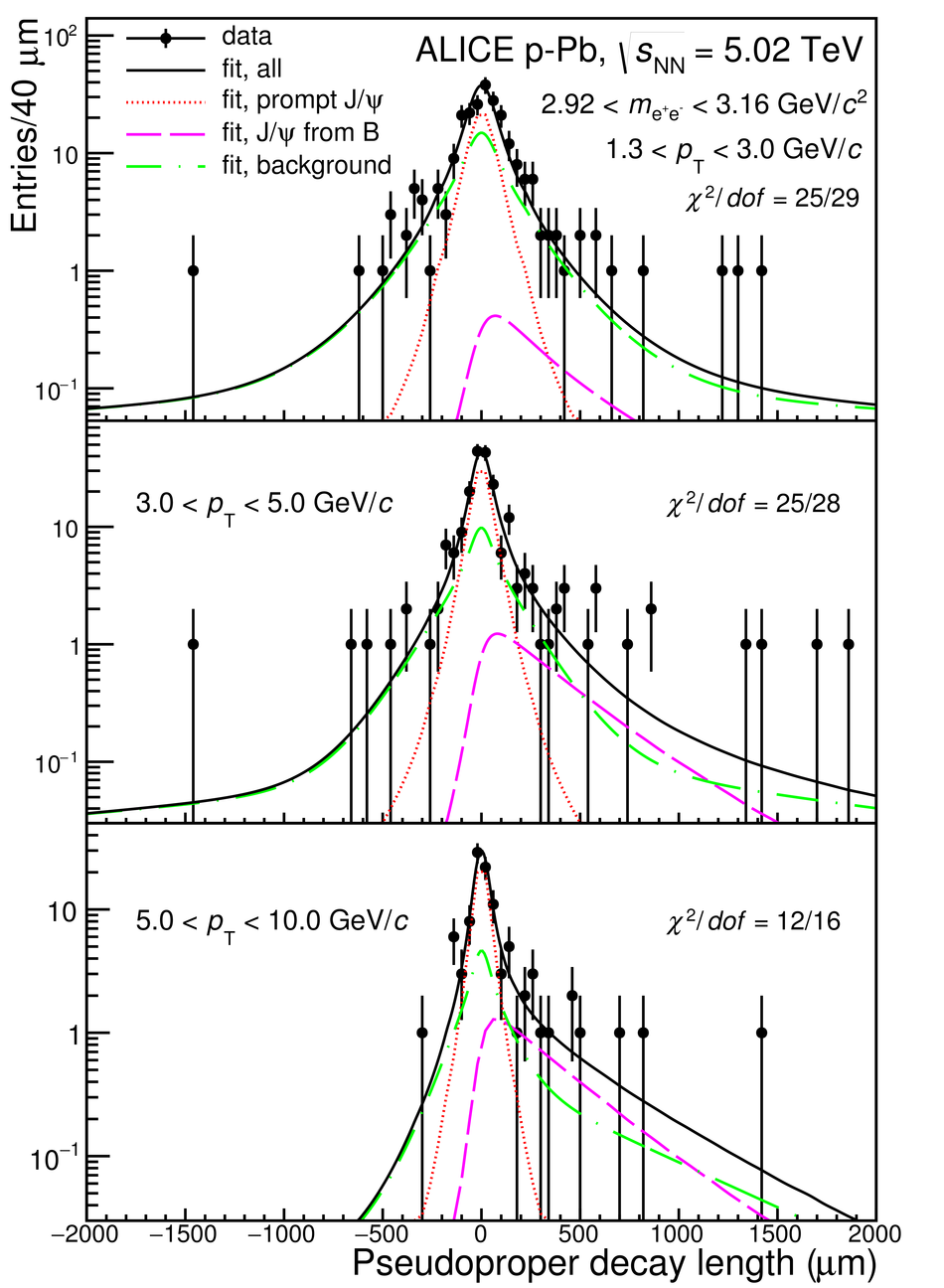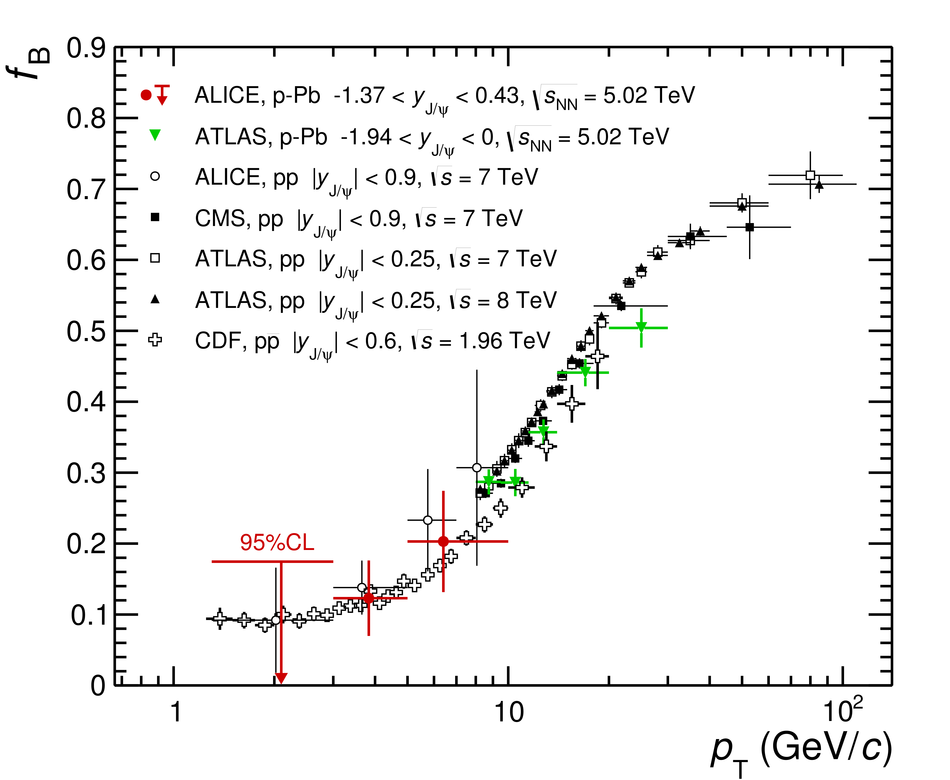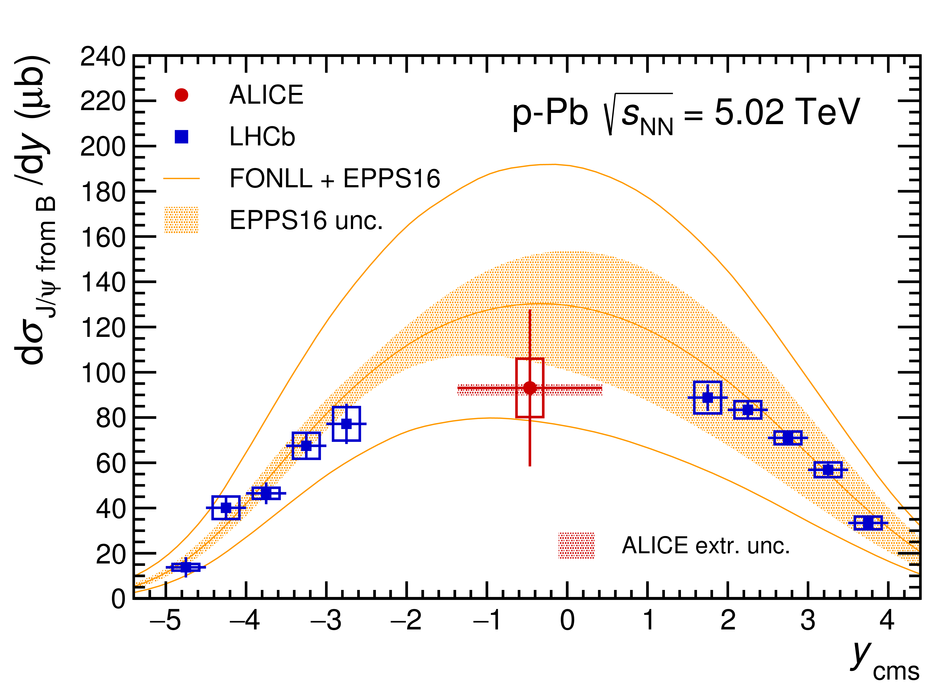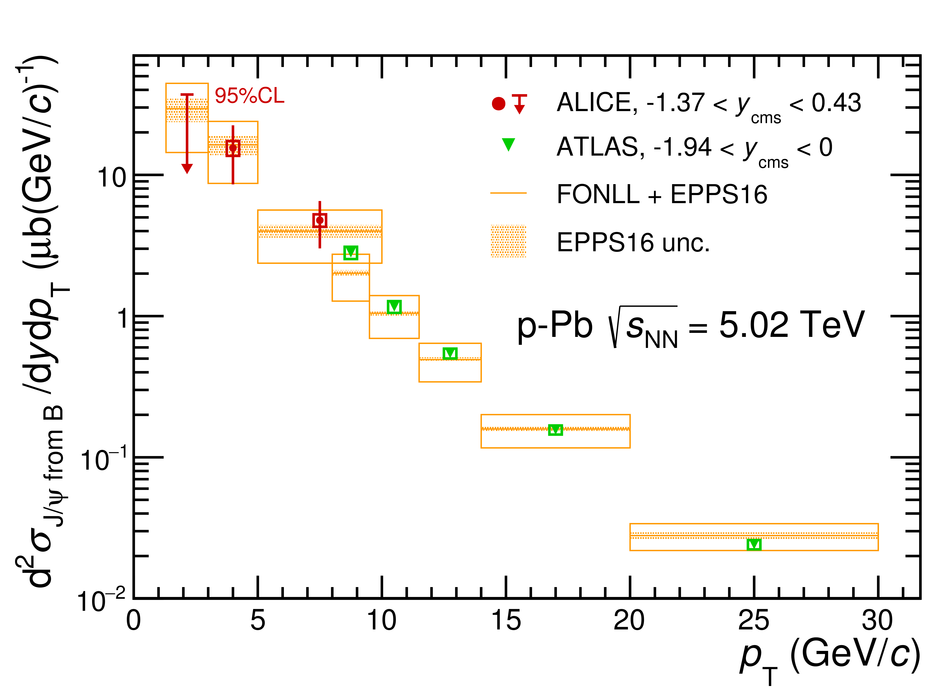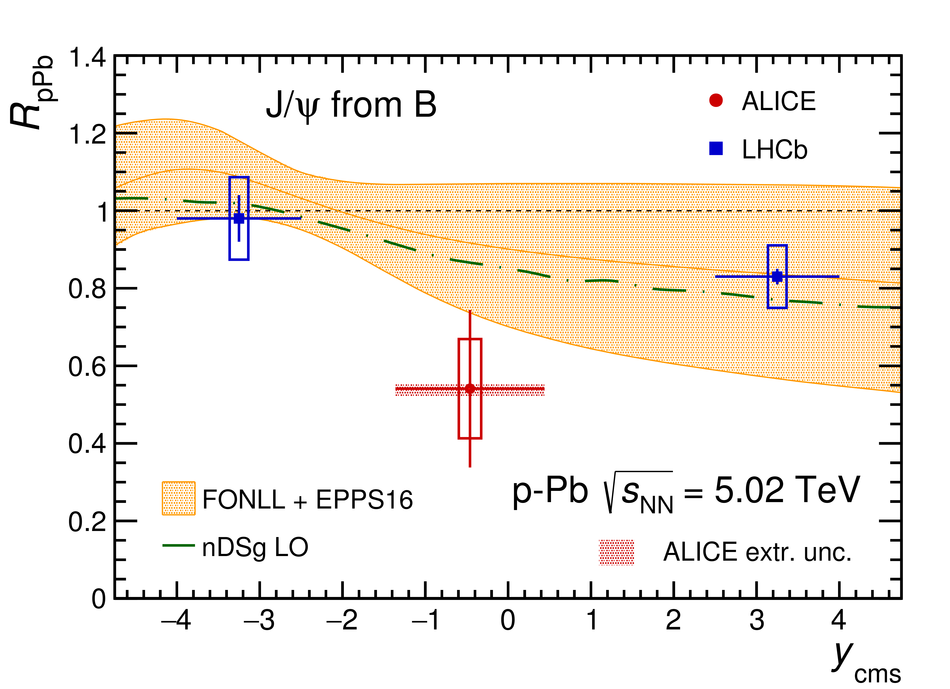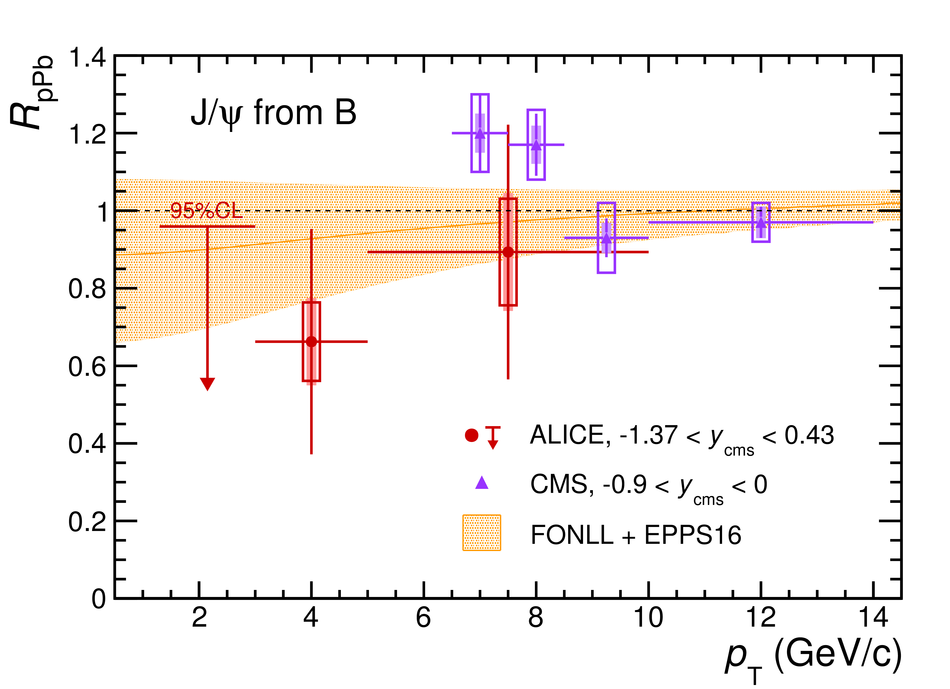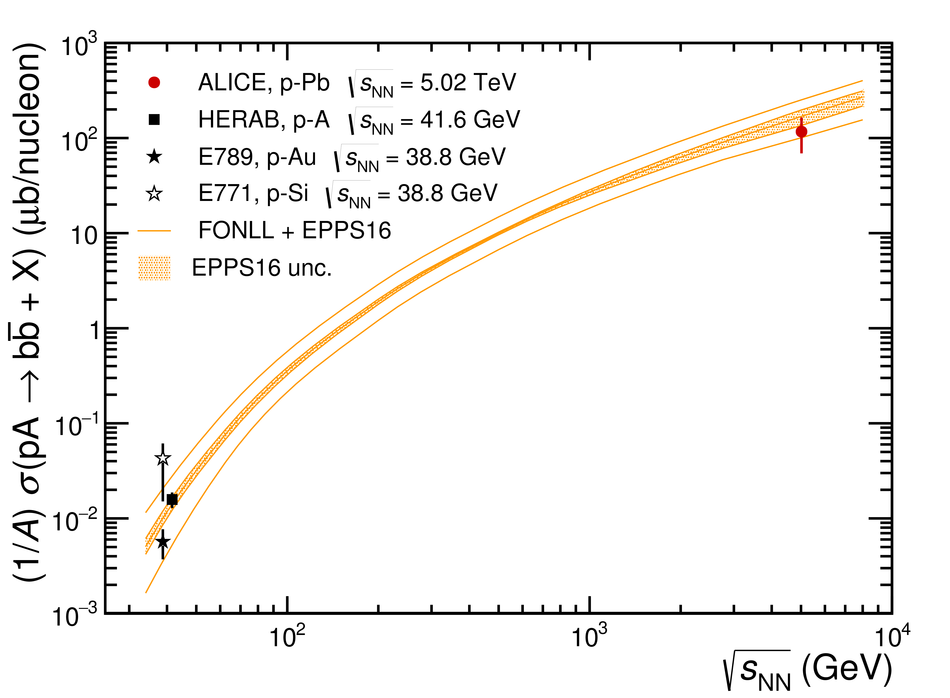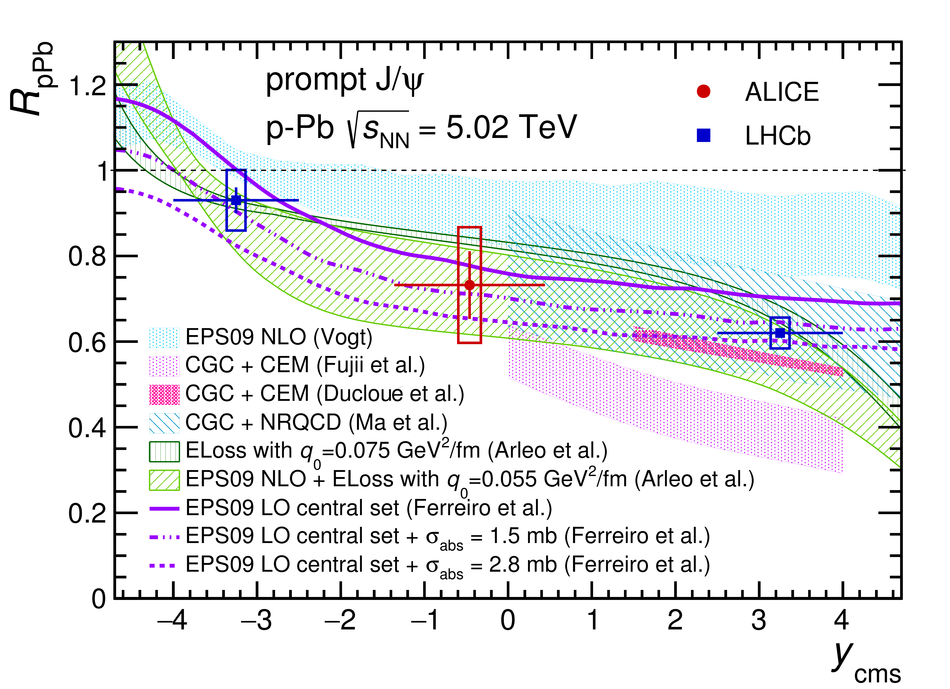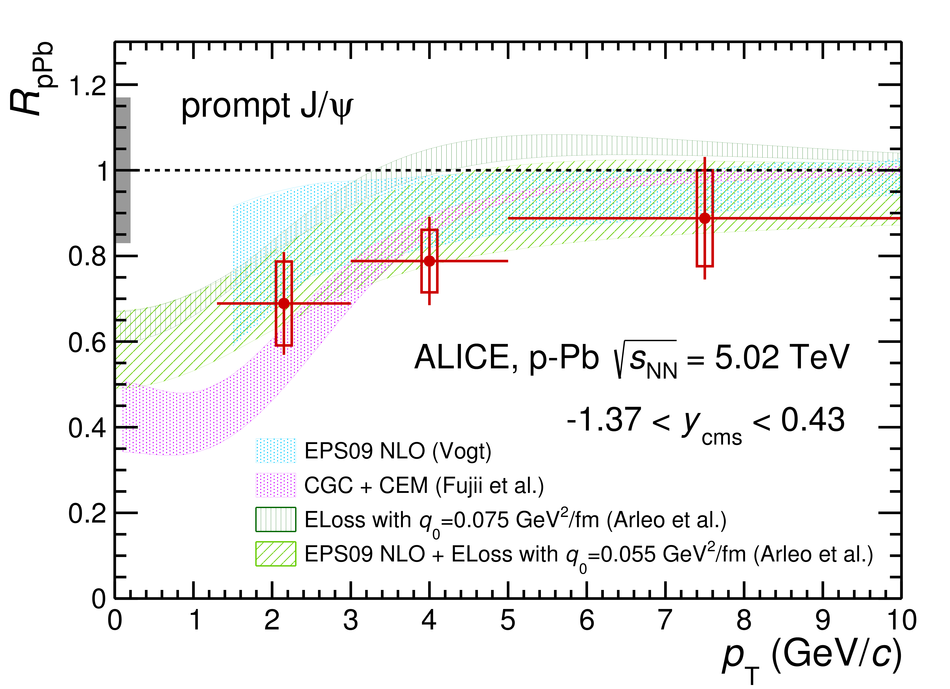A measurement of beauty hadron production at mid-rapidity in proton-lead collisions at a nucleon-nucleon centre-of-mass energy $\sqrt{s_{\rm NN}}=5.02$ TeV is presented. The semi-inclusive decay channel of beauty hadrons into J/$\psi$ is considered, where the J/$\psi$ mesons are reconstructed in the dielectron decay channel at mid-rapidity down to transverse momenta of 1.3 GeV/$c$. The ${\rm {b\overline{b}}}$ production cross section at mid-rapidity, ${\rm d}\sigma_{\rm {b\overline{b}}}/{\rm d} y$, and the total cross section extrapolated over full phase space, $\sigma_{\rm {b\overline{b}}}$, are obtained. This measurement is combined with results on inclusive J/$\psi$ production to determine the prompt J/$\psi$ cross sections. The results in p-Pb collisions are then scaled to expectations from pp collisions at the same centre-of-mass energy to derive the nuclear modification factor $R_{\rm pPb}$, and compared to models to study possible nuclear modifications of the production induced by cold nuclear matter effects. $R_{\rm pPb}$ is found to be smaller than unity at low $p_{\rm T}$ for both J/$\psi$ coming from beauty hadron decays and prompt J/$\psi$.
Eur. Phys. J. C 78 (2018) 466
HEP Data
e-Print: arXiv:1802.00765 | PDF | inSPIRE
CERN-EP-2018-010


